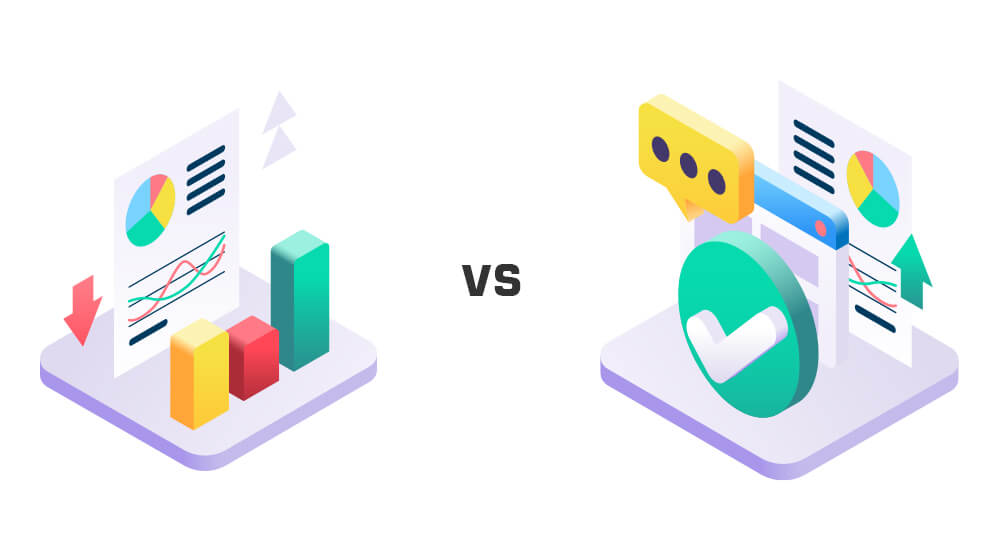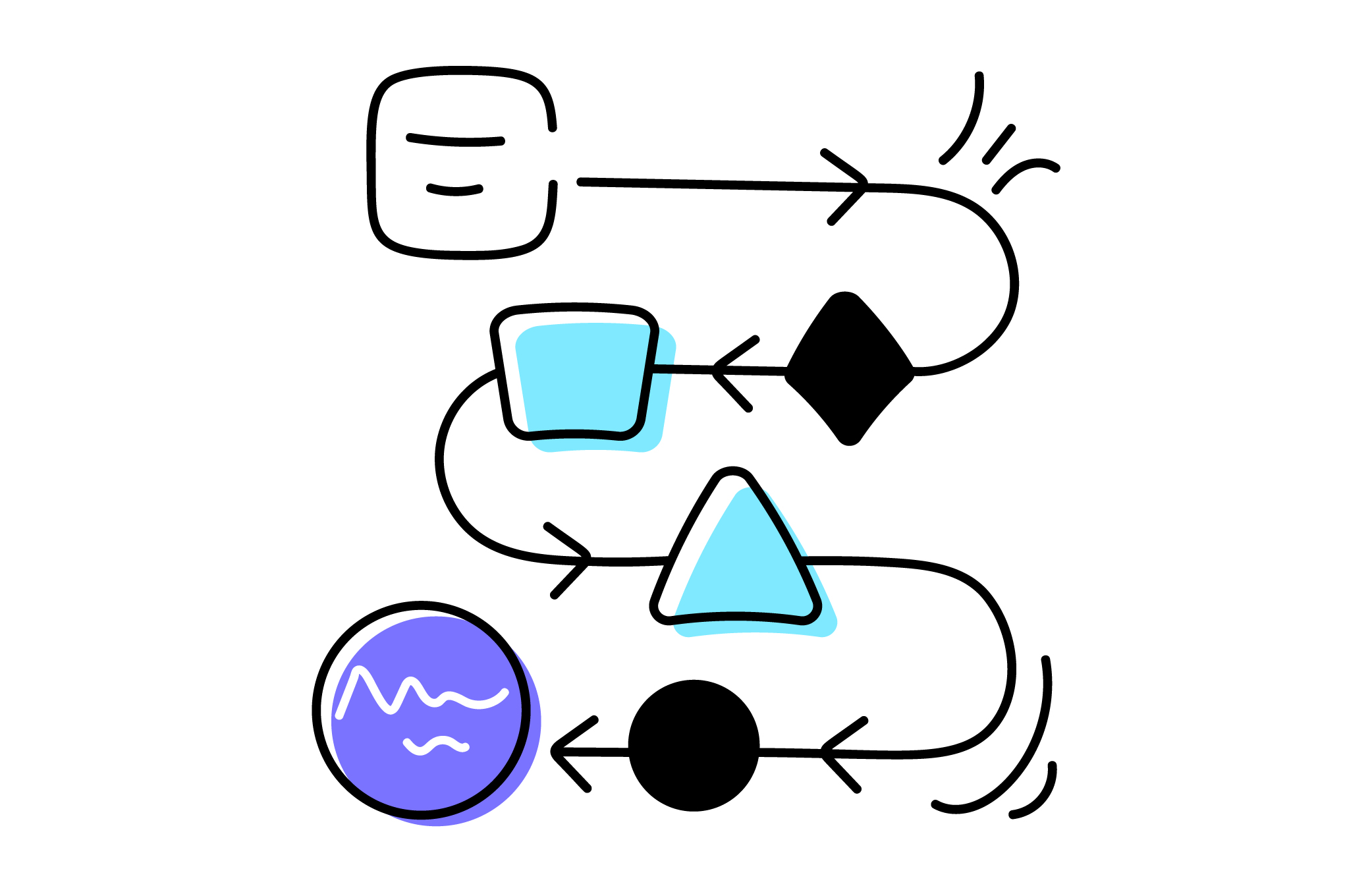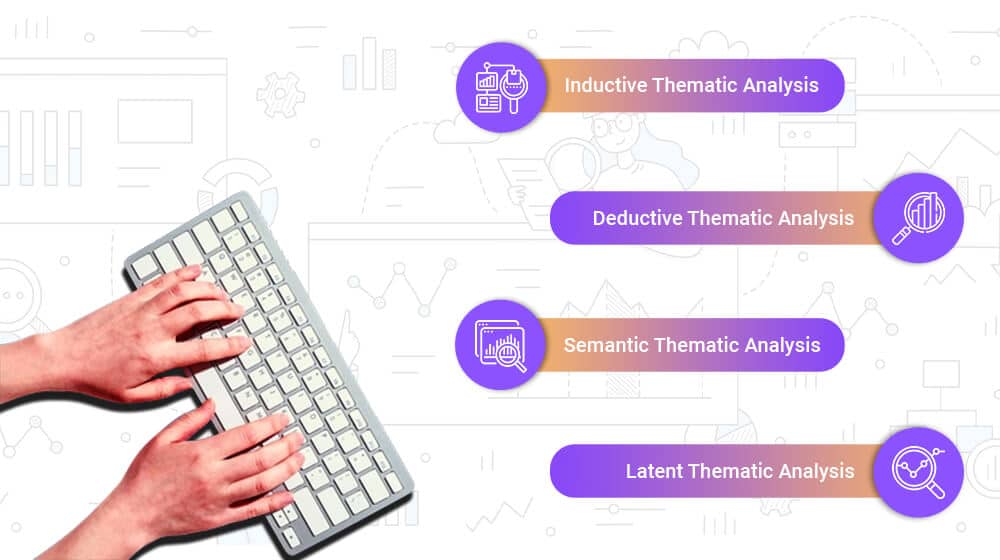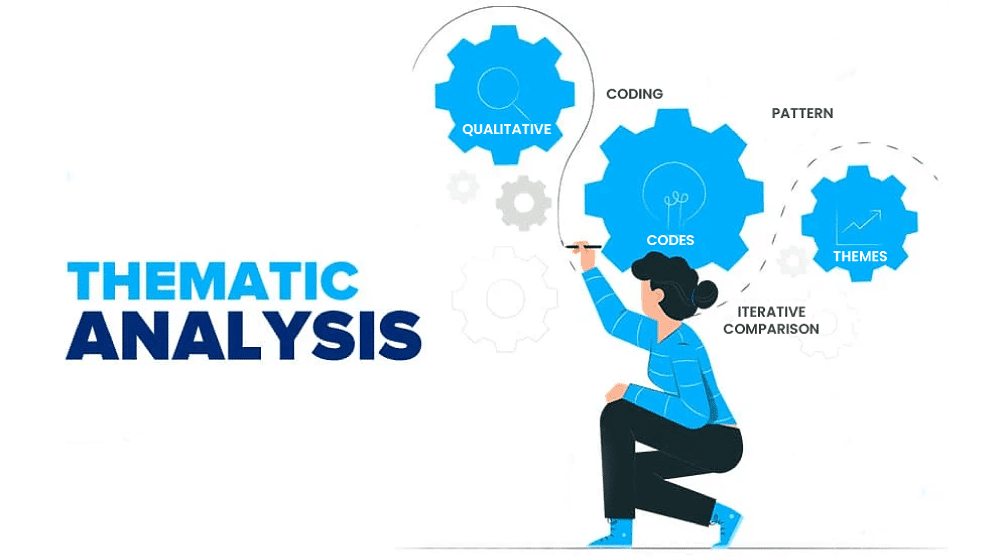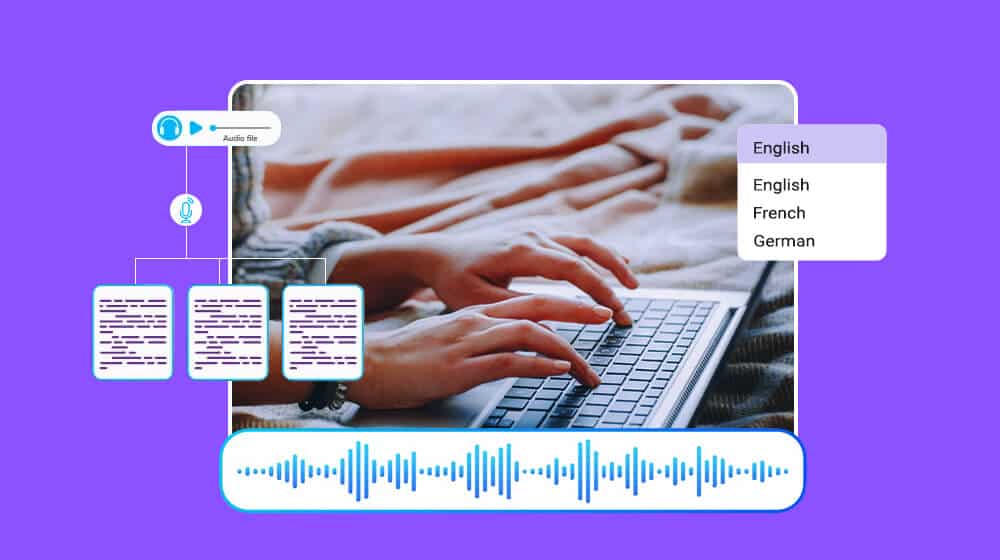Role of Transcription in Qualitative Research and Analysis

We often hear a lot about qualitative research or analysis and transcription. But have you ever thought about how they are connected? Let’s understand the advantages of transcription in leading the qualitative study.
What is transcription in qualitative research?
Transcription is making a written text file for any audio or video file. It is an important part of qualitative research, as it allows researchers to capture and analyze data. Okay, so why do you perform any research and analysis? To understand concepts and get crisp insights. You may wonder what you can do to make qualitative research more insightful: the solution is easy, that is, to get transcripts. They will help you focus on analyzing and breaking down the plethora of content to get actionable insights.
Transcription has many other advantages in qualitative research and analysis. Let’s explore
Makes research findings searchable & shareable
Transcription makes research findings searchable and shareable, as they can be indexed and searched for keywords. By making research findings searchable, researchers can find and share them with others. It makes the research process more efficient and allows for better research collaboration.
Saves time and efforts
Transcriptions come with many versatile benefits which further simplify tasks. It allows researchers to capture the spoken word verbatim, which is essential for capturing every nuance and meaning. Transcription also helps to ensure the accuracy and reliability of the data as it provides a written record to check and verify.
Focus group and interview analysis are a crucial part of qualitative research but analyzing them is a task. Transcripts jump in here and provide quick analysis of questionnaires, focus groups, interviews, case studies, and every other research material in no time. So, transcription is a great option if you want a smooth qualitative analysis approach.
Supports in identifying trends & patterns
Transcripts allow for a more thorough and accurate understanding of the data. It helps researchers identify trends and patterns in data to generate hypotheses and theories. Transcription also helps create visual representations of data, which can help draw more insightful patterns and trends.
Transcription also allows for identifying errors and omissions in the data which need correction. Also, transcription can help you create summaries and extracts of the data for further analysis.
Enhances accessibility of content
A good transcription tool or service is all you need to make your research project stand out. Transcription comes in handy to make the data more accessible. It helps cut language barriers making content understandable for a wider audience. It also brings a clear understanding of content for people with disabilities. From reducing accent constraints to geographical carriers, there is nothing that transcription can’t help.
Here is how ANT can help you!
With ANT, you can extract great insights and reach the correct conclusions in your qualitative research. Book your free quote today and make your qualitative research and analysis journeys hassle-free only with ANT.


